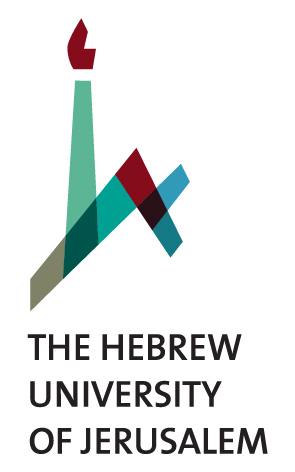articles
. 3/30/2023. “The 1948 Turmoil In Sanaa From The Viewpoint Of Two Yemeni Jewish Sources”. Middle Eastern Studies . https://www.tandfonline.com/doi/full/10.1080/00263206.3/30/2023. 2191952. Publisher's Version
. 3/14/2023. “Full Accessintroductory Essay: At Home And Afar &Ndash; Malay-Indonesian Cosmopolitan Muslim Identities In Contemporary And Historical Mobility”. International Journal Of Islam In Asia, 2, 2, Pp. 99–113. https://brill.com/view/journals/ijia/2/2/article-p99_1.xml. Publisher's Version
. 2018. “Tracing The Sources Of Information Structure: Towards The Study Of Interactional Management Of Information”. J Pragmat, 138, Pp. 77-97. doi:10.1016/j.pragma.2018.08.017. Publisher's Version
. 2018. “Electro-Dabke: Performing Cosmopolitan Nationalism And Borderless Humanity”. Public Culture, 30, 1, Pp. 173-196. doi:10.1215/08992363-4189215. Publisher's Version
. 2018. “Autism And The Proficiency Of Social Ineptitude: Probing The Rules Of “Appropriate” Behavior”. Ethos, 46, 2, Pp. 161-179. doi:10.1111/etho.12202. Publisher's Version
. 2018. “The Historical Phonology Of Monsang (Northwestern South-Central/“Kuki}-Chin”): A Case Of Reduction In Phonological Complexity”. Hl, 17, 1. doi:10.5070/H917134878. Publisher's Version
. 2018. “Theologies Of Auspicious Kingship: The Islamization Of Chinggisid Sacral Kingship In The Islamic World”. Comp Stud Soc Hist, 60, 4, Pp. 1143-1171. doi:10.1017/S0010417518000415. Publisher's Version
. 2018. “On The Object Of Archaeology”. Ard, 25, 01, Pp. 1-21. doi:10.1017/S1380203818000016. Publisher's Version
. 2018. “Borders And Boundaries: Eritrean Graduates Reflect On Their Medical Interpreting Training”. The European Legacy, 23, 7-8, Pp. 821-836. doi:10.1080/10848770.2018.1492810. Publisher's Version
. 2018. “Architectural Assemblages: The Northwest Complex At Zincirli”. Caj, Pp. 1-21. doi:10.1017/S0959774318000379. Publisher's Version
. 2018. “Loosing Vows And Oaths In The Roman Empire And Beyond: Authority And Interpretation”. Archiv Für Religionsgeschichte, 20, 1, Pp. 275-303. doi:10.1515/arege-2018-0016. Publisher's Version
. 2018. “Comparing Contemporary Medical Treatment Practices Aimed At Intersex/Dsd Bodies In Israel And Germany.”. Sociol Health Illn. doi:10.1111/1467-9566.12812. Publisher's Version





